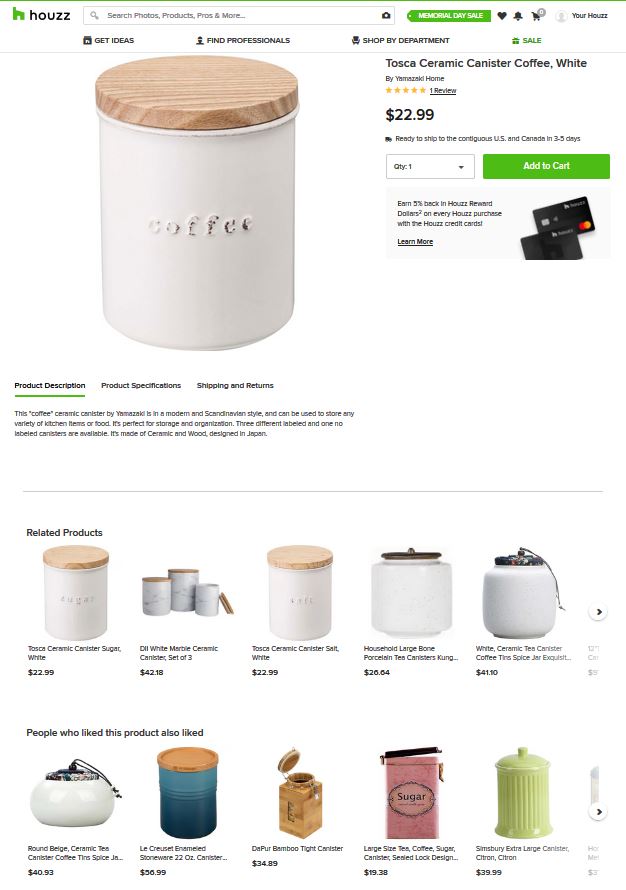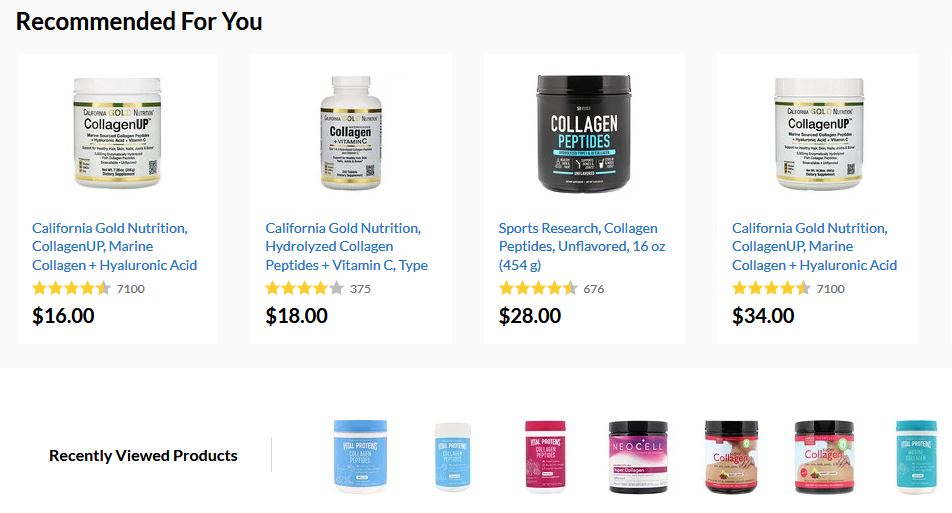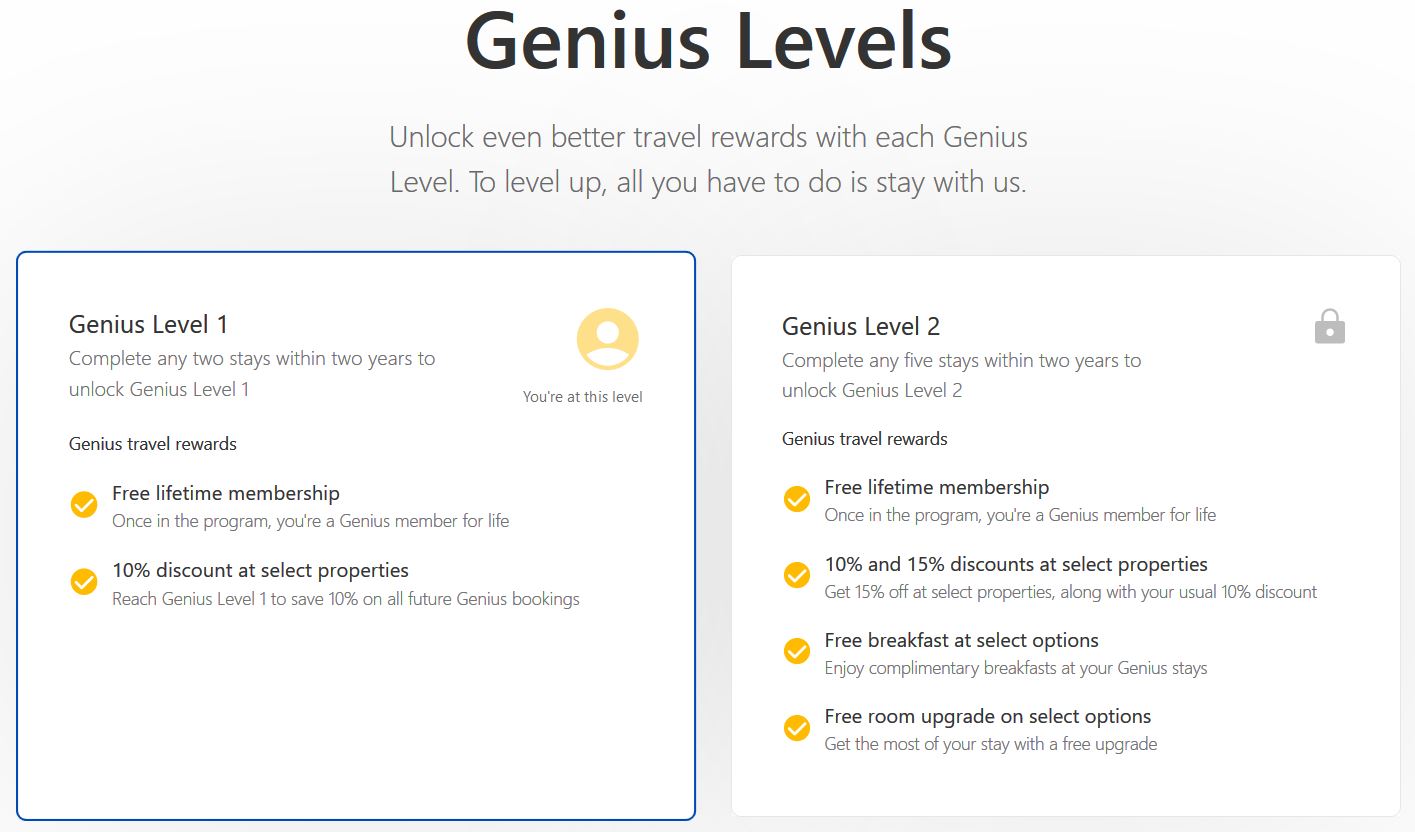How to personalize customer’s experience on your website

Why personalize? What do you mean “why”? To increase sales, to improve the conversion rate, to bring more traffic, to gain competitive advantage, of course. In fact, you can name a dozen other reasons but it boils down to the same thing - eCommerce businesses personalize customer experience to make customers recognize them among others and return to them again and again.
When you build personalized experiences, you are creating the same effect but the other way round - you are recognizing the customer each time they come back to you. And that feels nice, I can tell you. It’s like the barista starting your favorite coffee the moment you walk through the door. You feel special.
The facts and figures support this statement, too. 85% of customers made purchases based on personalized promotions. Let’s see how you can personalize customer experience on your website to leverage these trends.
#1 Personalized accounts
Implementing accounts gives you a wealth of opportunities. First, accounts are a source of customers’ emails that you can use for email marketing. Second, accounts allow targeting your offers much more precisely based on the information provided in the account - geographic location and language are the most frequent criteria. If you implement social sign-in, you get access to the customers’ accounts in social networks and can fine-tune your targeting even better.
Another important thing is that personalized accounts can improve customer experiences both in the B2C and B2B sectors. Corporate customers will appreciate your effort to understand their line of business and prepare targeted offers.
#2 Product page recommendations
You can apply this technique even without asking the customer to create an account. By following the customer journey across your website, you can suggest other matching or similar products. Such recommendations are also a great up-selling opportunity.
This technique is often used on eCommerce websites. For example, Houzz, a home decor community and store, always offers a choice of similar products, related products, products often bought together with the one you are browsing, and even products that people liked together with what you are looking at.
Image credit: https://www.houzz.com/products/tosca-ceramic-canister-coffee-white-prvw-vr~96772653
#3 Recommendations based on previous purchases
You do store purchase history, don’t you? Use it to personalize your customers’ experience. Whenever the customer logs in, remind them what they have bought with you and suggest alternatives or related products. Your customer might decide to renew their purchase or buy something to complement it.
For example, the moment you sign into iHerb, the web store remembers what you were shopping for previously and shows the products recommended for you as well as those you browsed earlier. Such recommendations might urge you to either refill your order or try something else.
Image credit: https://ua.iherb.com/?correlationId=769f7d35bf00eafd73c2a23fa1890efa
#4 Loyalty programs
Loyalty programs encourage customers to continue their business with you by offering awards for a certain number or amount of purchases. Make sure, however, that your awards are of real value to customers and that they are not overly difficult to achieve.
Look how Booking.com does it. Once you have rented a certain number of accommodations, you are awarded a Genius rank giving discounts on selected properties. For avid travelers, this is something worth working for. Travel more, and rise to Genius Level 2 with even higher discounts.
Image credit: https://www.booking.com/
#5 Retargeting
Retargeting is a smart technique for targeting users who have interacted with your website before. With retargeting, you can show them personalized ads even when they no longer browse your website.
Retargeting uses multiple criteria to build a strategy for each user. It analyses the user’s behavior in your online store and targets further ads accordingly.
There are tools that can help you build an effective retargeting campaign. With retargeting, you will remind customers of your business but in a non-obtrusive way showing only what they were interested in.
#6 Intuitive webstore setup
Great customer experiences begin with the moment they open your website. Its loading speed, layout, navigation, search are factors that can either make your visitors close the window or turn them into your loyal customers.
To make your website experience smooth and rewarding, invest some time and resources in its configuration or, better, engage a professional to help you. A fast-loading, smartly organized, and efficient website will catch your visitors’ attention and prompt them to browse more. Make sure your search is convenient, your checkout page is secure and intuitive, your terms are clear. And, of course, personalize customer experiences so that the next time they return to you, they feel welcome.



